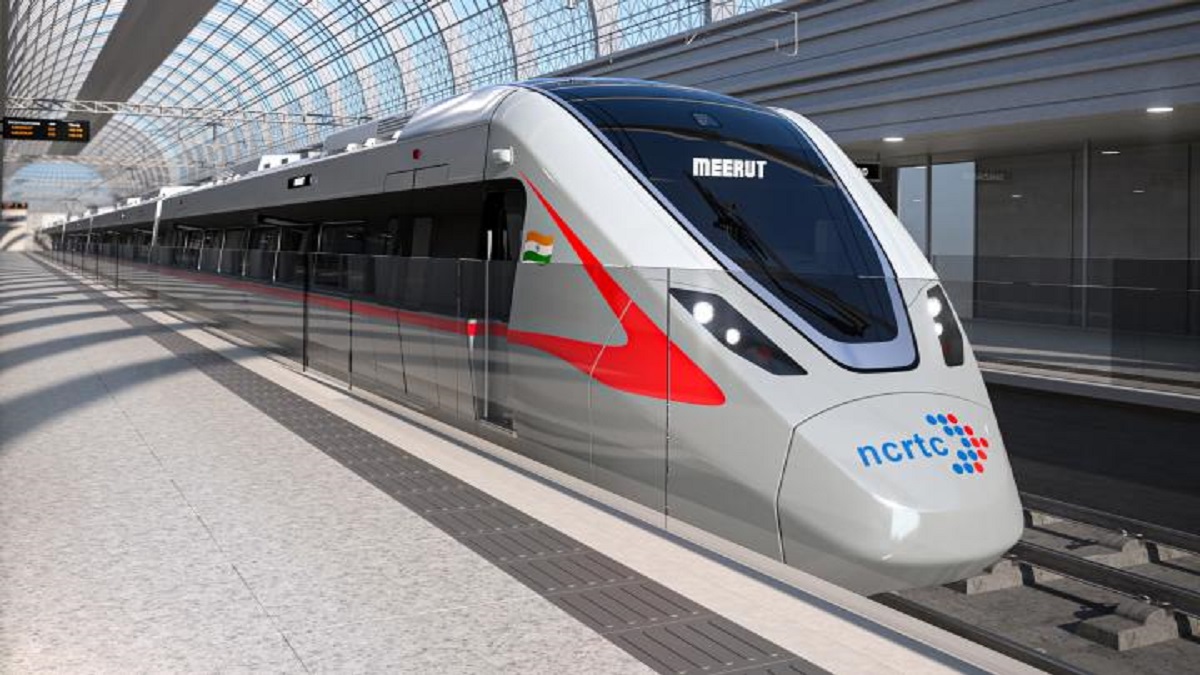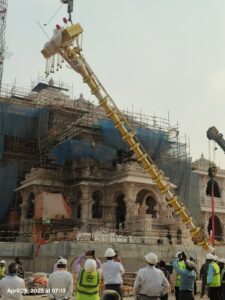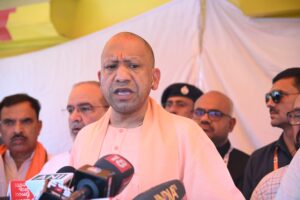Rapid rail will give new flight to West UP, three times faster than metro.
In the budget 2021-22, the state government has allocated 1326 crores for the Meerut-Ghaziabad-Delhi rapid rail project.
Last year, the state government had given Rs 650 crore, permission to work on 20 government lands, will be transferred to RRTS soon.
New Delhi/Lucknow, July 1: The region coming up in the National Capital Region (NCR) will be one of the fastest growing regions in the country in the next few years. After Meerut-Delhi Expressway, the Meerut-Ghaziabad-Delhi Rapid Rail Project will be a big gift for West UP. Work is being done expeditiously to complete the project ahead of time. Rapid Rail, which runs three times faster than Metro, is going to give a new flight to NCR.
About 68 km of this project being built in a joint venture of the central and state government is in UP. The priority section of 17 km between Sahibabad to Duhai is expected to be commissioned by 2023 and the entire corridor from Delhi to Meerut by 2025. The cost of the project is Rs 30,274 crore. In this, the contribution of the state government is about 17 percent.
For this, the state government has also allocated Rs 1326 crore in its budget in the financial year 2021-22. After completion of the project, the length of Delhi’s mass transit system including DMRC and RRTS network will be 743 km, which is more than the length of London Cross Rail, Hong Kong MTR and Paris RER. Virendra Kumar, GM of RRTS said that about Rs 650 crore was given by the UP government for this project last year.
Apart from this, permission has been given to work on about 20 government lands on behalf of the state government. It is expected that soon this land will be transferred by the government.
There will be 24 stations on Delhi-Ghaziabad-Meerut RRTS corridor
The length of the Meerut-Ghaziabad-Delhi rapid rail project is 82.15 km. Local transport services will also be available in Meerut on RRTS network. For this, 13 stations will be built in a distance of 21 km. The Delhi-Ghaziabad-Meerut RRTS corridor will have 24 stations including two depot stations. These include Sarai Kale Khan, New Ashok Nagar, Anand Vihar, Sahibabad, Ghaziabad, Guldhar, Duhai, Duhai Depot, Muradnagar, Modi Nagar South, Modi Nagar North, Meerut South, Partapur, Rithani, Shatabdi Nagar, Brahmapuri, Meerut Central, Bhainsali, Begumpul, MES Colony, Daurali Metro, Meerut North, Modipuram and Modipuram depots.
RRTS stations will be connected to airports, railway stations, ISBT and metro
RRTS stations will be linked with various modes of transport like airport, railway stations, Interstate Bus Terminus (IABST), Delhi Metro stations. This will facilitate the passengers to move from one place to another. All 3 corridors of Phase-I will meet at Sarai Kale Khan and will be interoperable, which will help passengers to travel from one corridor to another without changing trains.
RRTS will help to stop pollution
Every RRTS train will have business class coaches, which will encourage the affluent class to leave their cars, private vehicles and travel via public transport. The modal share in favor of public transport in the region is expected to increase from 37 per cent to 63 per cent with the commissioning of the Delhi-Ghaziabad-Meerut RRTS corridor, which will help in curbing pollution.





